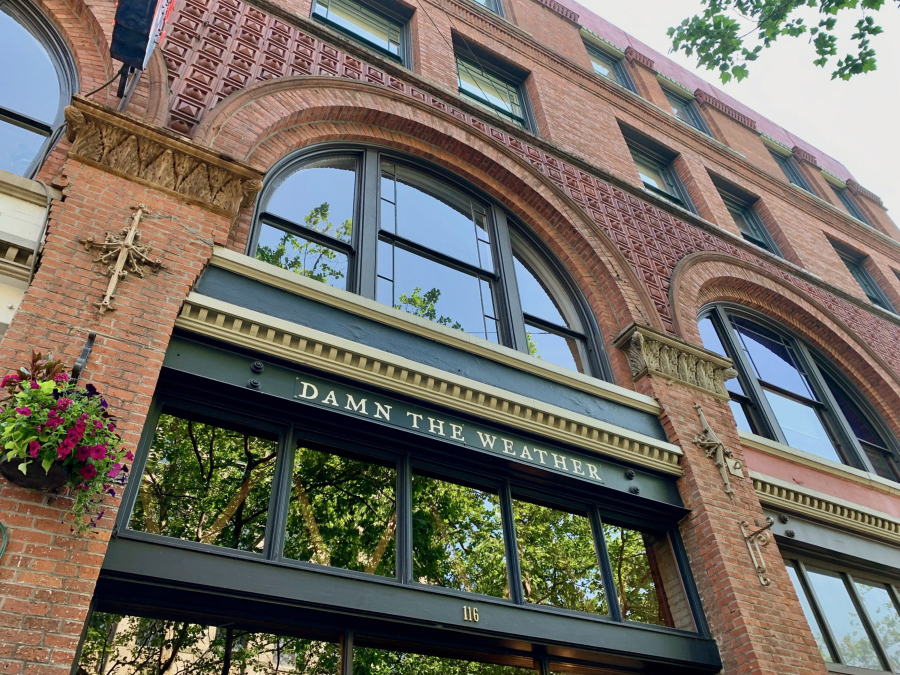SEATTLE — It’s a rare weekend getaway that combines subterranean sidewalks, conflagrations and a Polar Bar, complete with glacier ice. Also walruses. A little Jules Verne. And the founder of Nordstrom.
Let me explain.
A century ago, private clubs devoted to scientific exploration were a thing — in real life, not just in Disney movies and “Around the World in 80 Days.” New York City’s Explorers Club opened in 1904, offering expedition support, as well as libraries, lounges and grand halls where intrepid explorers — the real-life Phileas Foggs of the world — could regale fellow members with their adventures in icy climes and jungles. Polar explorer Robert Peary’s New York club, the Peary Arctic Club, opened in 1898.
And on the West Coast, two Seattle tycoons launched their own Arctic Club, where Klondike Gold Rush stampeders could reminisce about their days in the gold fields. In 1916, it moved to a grand, new Beaux Arts building, an eight-story structure whose exterior was adorned with terra cotta walrus cartouches. Inside, there were guest rooms for members, a rooftop garden, a library, a bowling alley, a barbershop, billiard rooms, a ladies’ tea parlor and a spectacular domed dining room with an illuminated, stained glass ceiling.
It was spectacular. It still is. Only now, it’s a well-appointed hotel run by the Oxford Collection, which purchased the property during the pandemic and reopened it last fall. Were it not for the complimentary Wi-Fi and speedy Uber pickups, you’d swear you’d time traveled to 1916.



